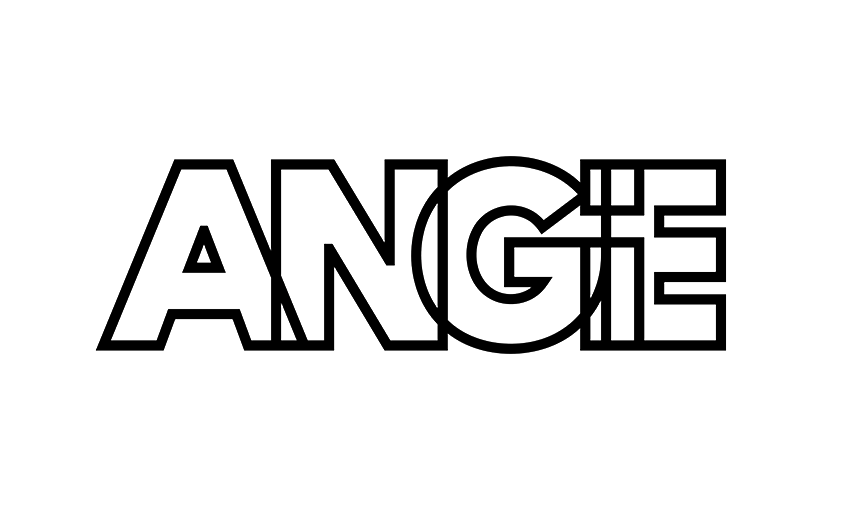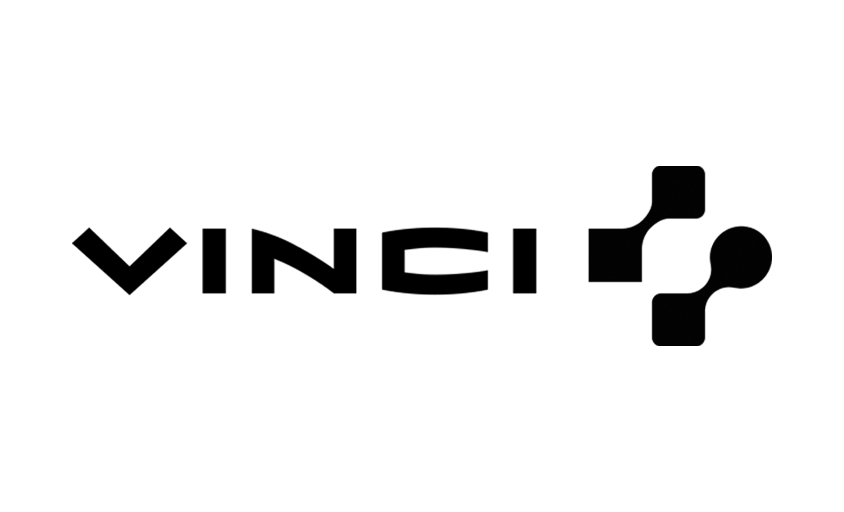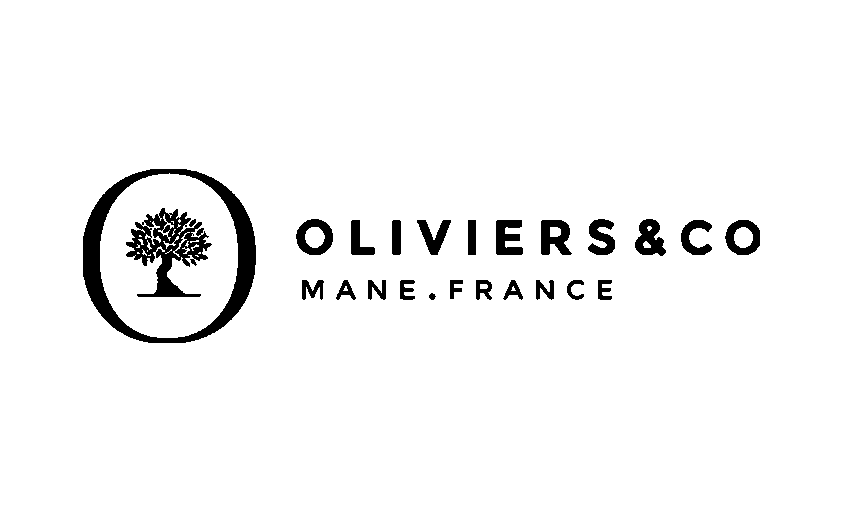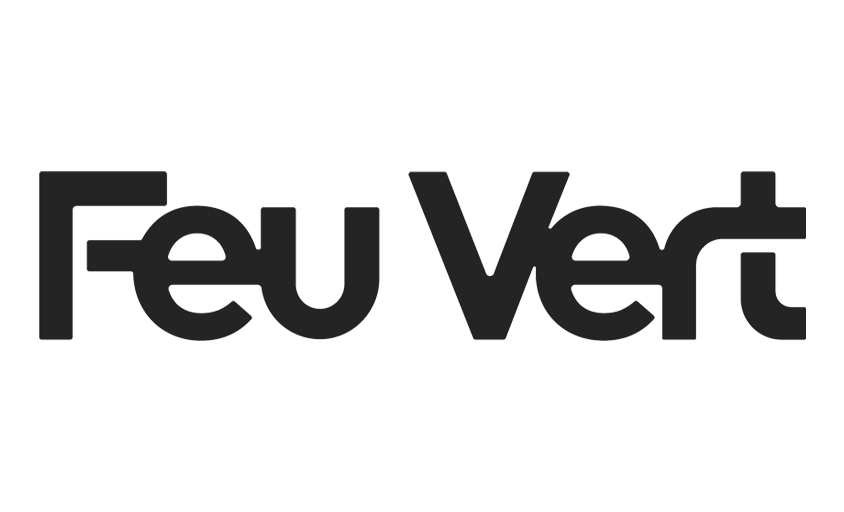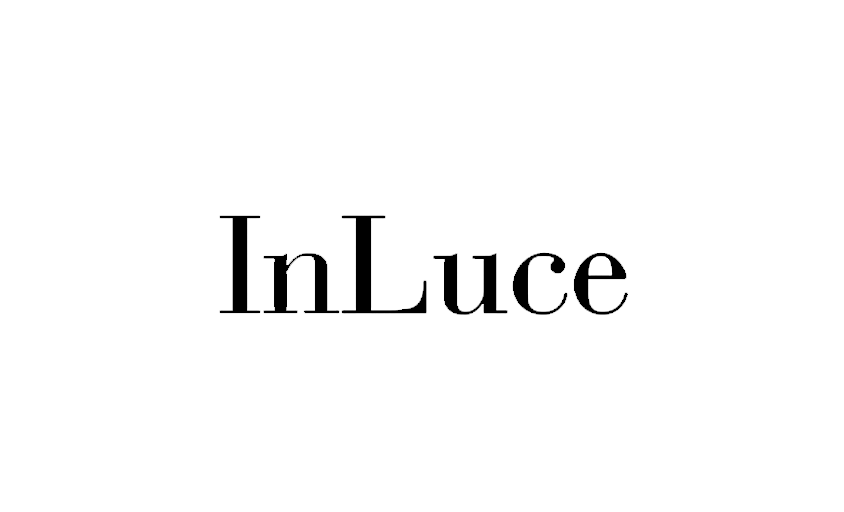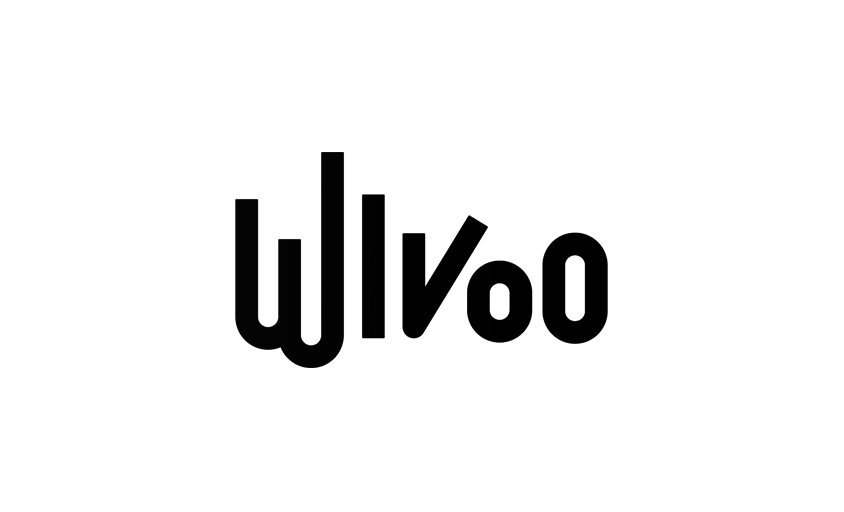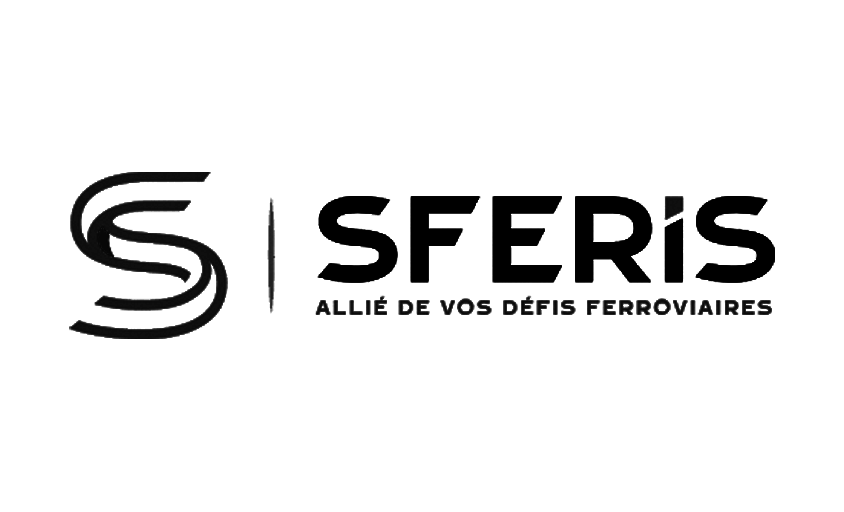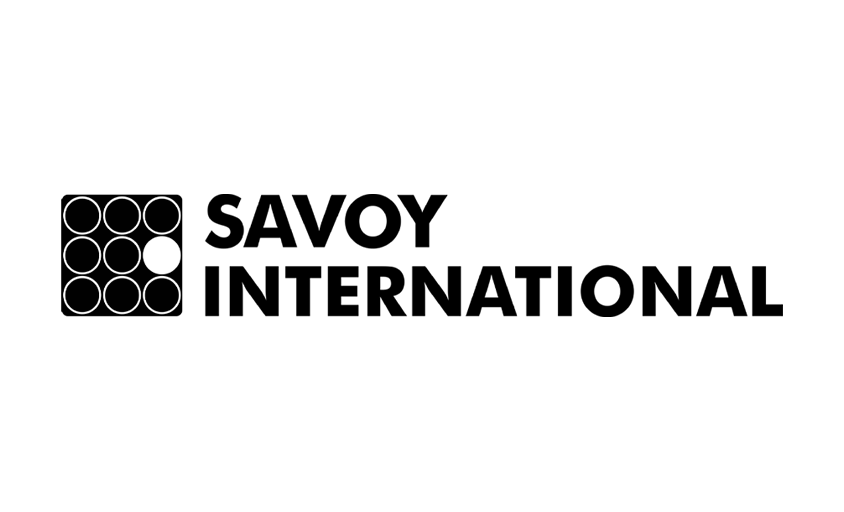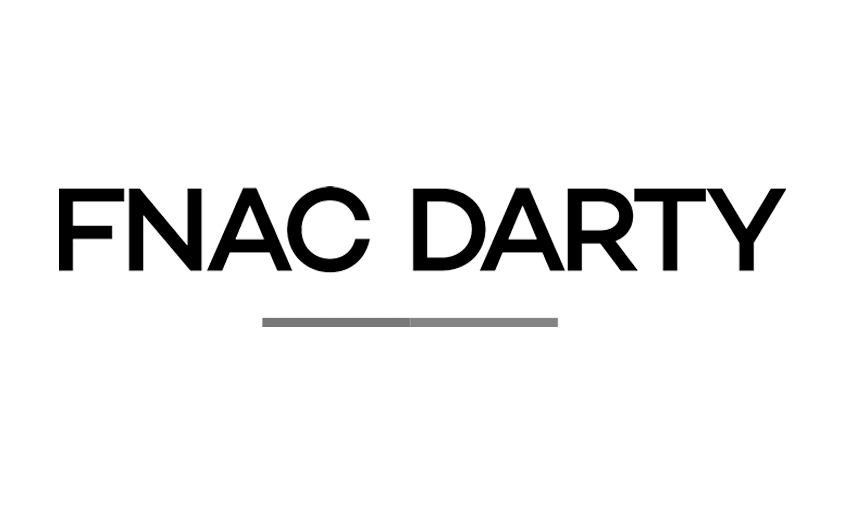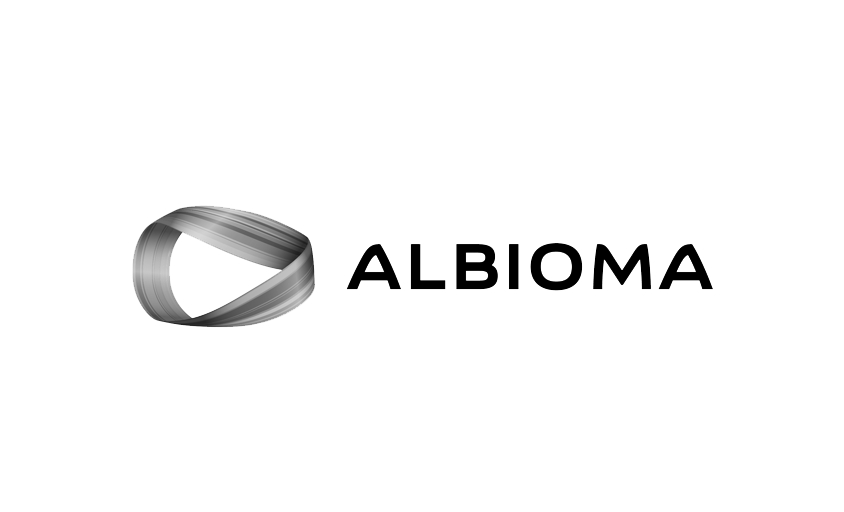Back label
In this article :
The back label, often placed on the reverse side of a product, plays a complementary yet essential role by providing detailed information that is not included on the main or front label. This informational support is particularly common in the beverage sector (such as wine or spirits bottles), food products, and cosmetics, where additional communication is required for consumers and to meet regulatory demands.
Role and Importance of the Back Label
Detailed Product Information
The back label offers space for in-depth product descriptions, including ingredients, usage instructions, benefits, and sometimes the brand’s story or philosophy.
Regulatory Compliance
It ensures that the product complies with local and international regulations by displaying mandatory details such as health warnings, nutritional information, and legal mentions.
Transparency and Trust
By providing transparent and comprehensive information, brands reinforce consumer trust in their products.
Common Elements Found on a Back Label
- Composition and Ingredients: A detailed list of ingredients, including food additives, potential allergens, and sometimes ingredient origins.
- Nutritional Information: Details on energy value, fats, sugars, proteins, etc., critical for health-conscious consumers.
- Usage and Storage Instructions: Guidance on how to consume or use the product to maximize benefits and extend shelf life.
- Manufacturer Contact Information: Address, website, and sometimes a customer service number, enabling consumers to reach out for more information or feedback.
- Certifications and Labels: Quality seals, environmental or ethical certifications, attesting to the product’s compliance with specific standards or values.
Design Challenges and Considerations
- Readability: With limited space and a high information load, ensuring text remains legible is crucial, which may require clear typefaces and organized layouts.
- Aesthetic vs. Functionality: Balancing visual appeal with the need to communicate clearly and thoroughly can be challenging.
- Adapting to Changing Regulations: Brands must stay up to date with evolving regulatory requirements to keep their back labels compliant.
Conclusion
The back label is a vital component of packaging, enriching the consumer experience by offering detailed information while ensuring the product meets regulatory standards. Its design and content require meticulous attention to balance clarity and visual appeal, ultimately supporting brand transparency and consumer satisfaction.
Jérémy Carlo is the editorial director at Rétines, where he ensures the consistency and clarity of all content produced by the studio.
Our Clients
Let’s discuss
What we do for you at Rétines
Meticulous work, an organised project and fast delivery. And to achieve this, we mobilise the right resources in our teams at the right time.
01
Pre-production
Artistic and technical direction tailored to the project.
Relevant recommendations on content, form and resources.
02
Photo Shooting
Photos taken by our experienced photographers.
Production that’s controlled, efficient and tailored to the needs of the project, with nothing superfluous.
03
Retouching
Technique
Photographs magnified by our retouching team.
Post-production to meet the commercial challenges of the brief.

